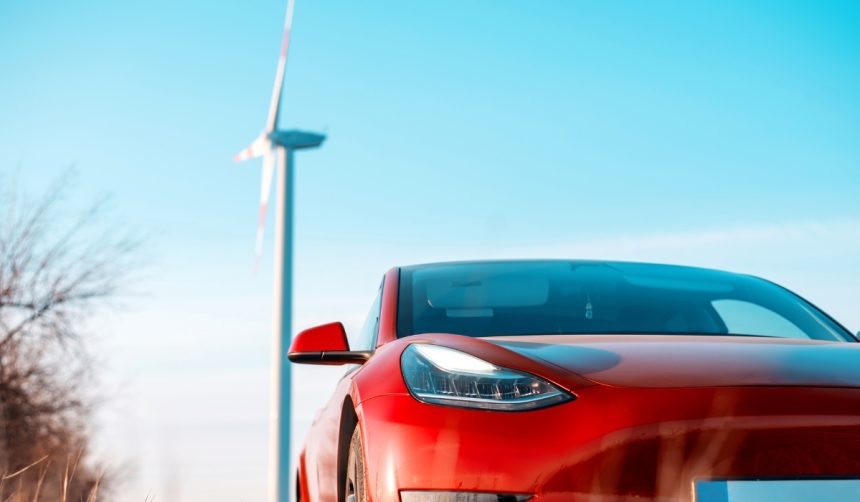Tesla has begun delivering its Model Y ‘Standard’ edition ahead of the previously announced schedule, drawing attention from both current Tesla owners and prospective buyers. The rapid move comes less than three weeks after the model was officially introduced, demonstrating the company’s ability to swiftly execute launch and delivery processes. By accelerating customer receipt of the Model Y Standard, Tesla underscores its intent to capture a broader segment of the electric vehicle market. Recent changes in U.S. electric vehicle tax credit policies and consumer demand for affordable options have shaped this approach.
When Tesla launched earlier affordable models such as the Model 3 Standard Range, customer feedback often focused on compromises in range and features, yet the price-point appeal remained strong. Newly introduced trims reflect a similar pattern: balancing accessibility with a narrower set of features to hit a competitive sub-$40,000 price. Like these prior introductions, the current Model Y offering sees Tesla responding promptly to shifts in federal incentives, but customer delivery appears to be moving faster this time compared to some past rollouts.
What Features Distinguish the Model Y Standard?
The Model Y Standard is priced lower than the premium versions and omits several features to meet affordability goals. Notable differences include manual seat and mirror adjustments, reduced speaker count, lack of Autopilot, and absence of a rear infotainment screen. Range stands at 321 miles, and the vehicle offers a 15.4-inch front touchscreen, three color options, a textile and vegan leather interior, and new alloy wheels designed for improved aerodynamics. The 69 kWh battery enables acceleration from 0 to 60 mph in 6.8 seconds.
How Has Tesla Adjusted Following Policy Changes?
Tesla introduced the Model Y and Model 3 Standard after the phase-out of the $7,500 electric vehicle tax credit, aiming to maintain vehicle accessibility. The company acknowledged,
“We have dedicated significant resources to designing these affordable trims in response to evolving market conditions.”
The vehicles are developed on a new-generation platform, which Tesla has hinted may tie into the forthcoming Cybercab project.
What Do Customers and the Company Expect?
With deliveries initially expected in November, some customers have already begun receiving their vehicles, sparking brisk online conversation and sharing of delivery experiences. Tesla commented,
“Customer enthusiasm around early Model Y Standard deliveries affirms our confidence in the updated approach.”
Early deliveries suggest that production and distribution channels have accommodated the new models with fewer delays than observed in other launches.
The timing of this launch aligns with a concerted industry push to provide electric vehicles at accessible price points, especially in light of reduced federal incentives. Tesla’s Model Y Standard arrives at a strategic moment, with features and pricing aimed at maximizing appeal among practical buyers. While some compromises in luxury and technology are apparent, these are offset by the model’s core strengths of range and brand reputation. Prospective owners should closely compare detailed features against competing vehicles within the same segment. This approach allows consumers to make informed decisions in a market where trade-offs between cost and comfort are increasingly common.










